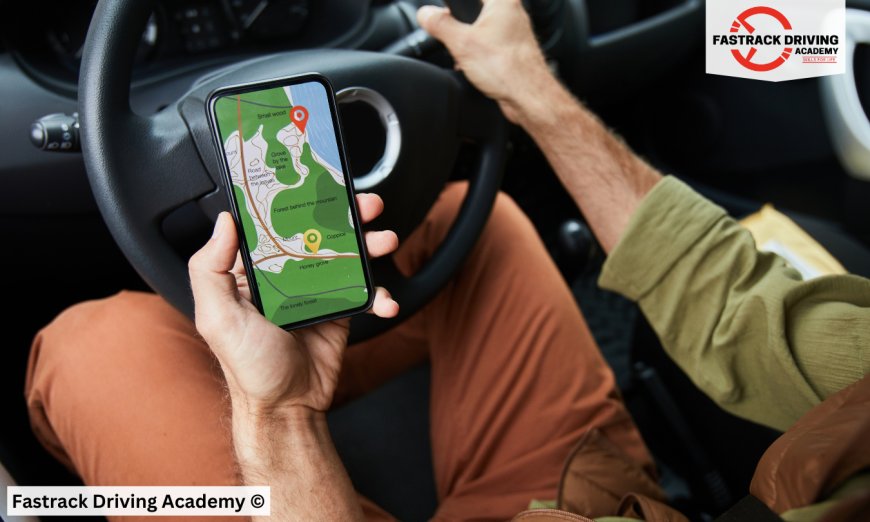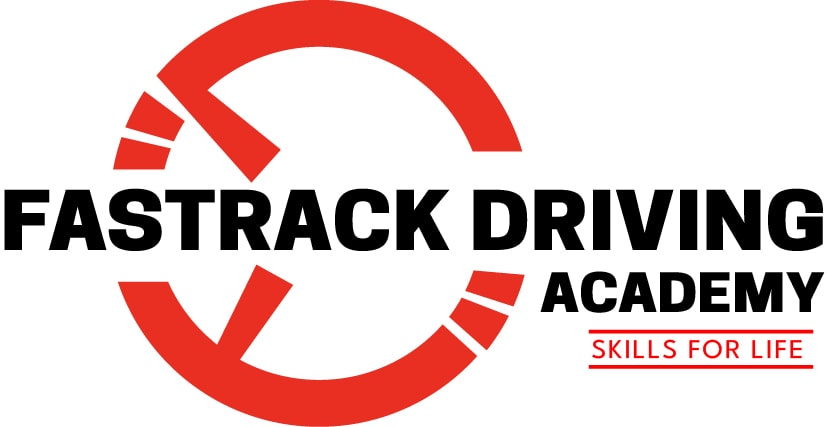The Art of Navigation: Mastering GPS and Map Reading for Truck Drivers
Master GPS and map reading for truck drivers! Learn essential navigation skills, route planning tips, and best practices for efficient, safe trucking journeys.

For truck drivers, navigation is much more than just getting from point A to point B—it's about reaching destinations efficiently, safely, and on time. While GPS has become an essential tool for drivers, knowing how to read maps and understand road layouts is equally important. Mastering both GPS and map reading can improve route planning, avoid unexpected obstacles, and ultimately make every journey smoother. Here’s a guide to help truck drivers perfect the art of navigation.
1. Understanding GPS: An Essential Tool for Modern Trucking
Today, GPS is a primary navigation tool for most truck drivers. It offers real-time guidance, traffic updates, and often highlights truck-friendly routes. However, the features on GPS devices and smartphone navigation apps vary, and choosing the right one can make a significant difference. Look for GPS units or apps designed specifically for trucks, as they factor in bridge heights, load restrictions, and road grades.
Key Benefits of Truck-Specific GPS:
- Real-Time Traffic Updates: Reduces the risk of delays due to congestion.
- Truck-Specific Routes: Avoids restricted roads, low-clearance bridges, and weight-limited areas.
- Route Optimization: Suggests fuel-efficient routes, saving both time and money.
2. Map Reading Skills: Why They’re Still Essential
While GPS is incredibly useful, map-reading skills remain vital. In areas with poor reception or unexpected detours, a physical map provides a reliable backup. Furthermore, reading maps helps drivers visualize the “big picture,” giving them a better understanding of route options and nearby towns, highways, and facilities.
Tips for Map Reading:
- Study the Route in Advance: Familiarize yourself with the route, noting any complex intersections, major cities, or stops along the way.
- Learn Symbols and Scales: Understanding map scales helps with gauging distances, and knowing symbols makes it easier to identify rest stops, fuel stations, and truck-friendly routes.
- Use Mile Markers as Reference Points: Knowing mile markers along highways can help drivers pinpoint their location and estimate the distance to their destination.
3. Combining GPS with Map Reading for Optimal Navigation
Using GPS and maps together allows truck drivers to navigate with confidence. While GPS guides you turn-by-turn, maps provide an overview that ensures you’re headed in the right direction. Planning your route on a map first and then using GPS for on-the-go adjustments is an effective strategy.
How to Integrate Both:
- Plan on a Map, Adjust with GPS: Start with an overall map-based plan, then use GPS for the finer details, such as real-time changes and precise turns.
- Verify GPS Routes with Map Knowledge: Sometimes, GPS units may suggest routes that aren’t ideal for large trucks. Double-check suggested routes on a map to ensure they’re safe and efficient.
- Mark Key Points on Both: Notate key points like rest areas, fuel stations, and weigh stations on your map and set reminders on your GPS.
4. Adapting to Unexpected Situations
Truck drivers encounter unexpected events on the road, from road closures to severe weather. Having map-reading skills can help identify alternative routes, while GPS can adjust dynamically to real-time changes. Staying calm and using both tools can help drivers reroute quickly and effectively.
Tips for Quick Rerouting:
- Stay Calm and Assess Options: Use the map to identify alternative highways and routes, while the GPS adjusts to avoid immediate obstacles.
- Listen to Traffic Reports: Some GPS devices include live traffic updates, which can help with avoiding incidents or congestion.
- Know Your Terrain: Maps provide valuable information about the terrain, such as mountain ranges and steep grades, which can be useful if you’re forced to reroute.
5. Continuous Learning and Practice
Mastering navigation takes time, but consistent practice and familiarization with both GPS and map reading will build confidence. Seasoned drivers recommend keeping a physical road atlas in the cab and consulting it regularly to reinforce map-reading skills.
Training Tips:
- Practice Reading Maps in Your Downtime: Look over maps to improve your understanding of layouts and symbols.
- Test Different GPS Apps and Devices: Try a few different types to see which works best for you. Remember, some GPS apps provide better truck-specific features than others.
- Keep Learning: Trucking routes, restrictions, and technology are always changing. Regularly updating your navigation tools and maps will ensure you’re ready for any route.
Conclusion
For truck drivers, mastering navigation is about using the best of both GPS and map reading to make each journey efficient and hassle-free. GPS provides real-time guidance, while map-reading skills offer a reliable foundation and backup plan. With both tools in your toolkit, you’re well-prepared to navigate the road with confidence and precision, turning each drive into a more successful and enjoyable experience.
What's Your Reaction?































